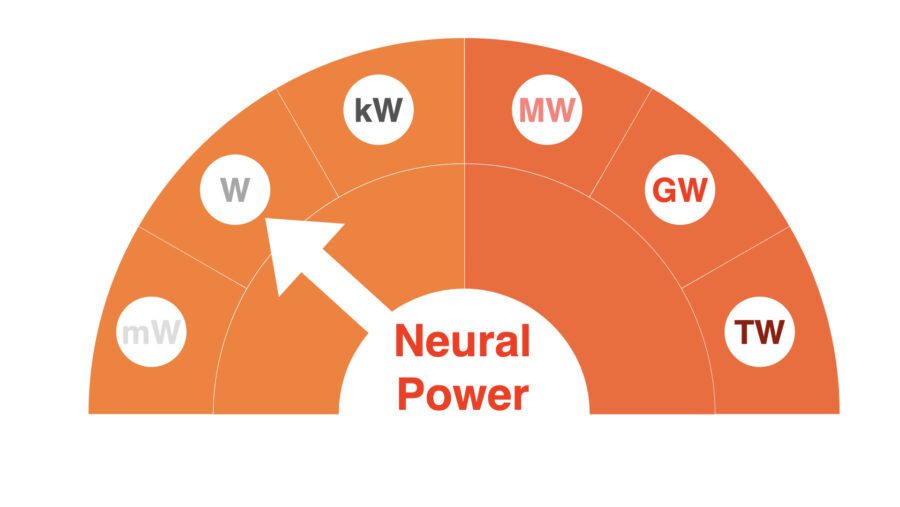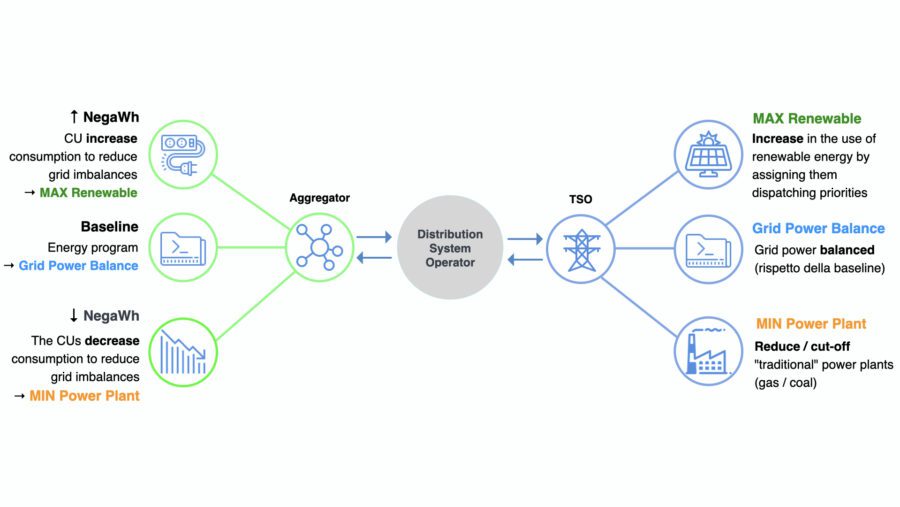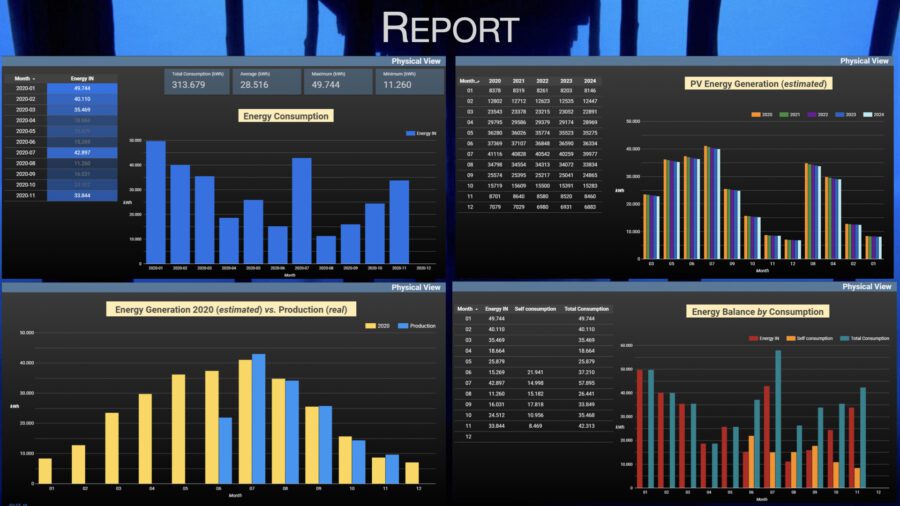Slide by author
NEURAL POWER [W]: qualitative and economic description of the subject matter.
BLOCK[mW]: 1618845450
GOAL: Discuss solutions, methodologies, systems, projects to support the Energy Transition towards Energy Convergence.
TARGET: Operators, Customers, Regulators, Lawmakers, Inventors, Academics, Scientists, Enthusiasts.
MARKET: Energy Market
TAG: #ElectricalFlexibility #Profiling #Scheduling #Baseline #Balancing #NegaWh #EnergyAsAService #Blockchain #EnergyTransition #FlexibilityReady #Baseload #Demand #Digitization
LEDGER: Roberto Quadrini
BIBLIOTEX: [1] Epoch Converter; [2] arXiv: “Energy Optimization”
CREDITS: [1] Photo of Ann H by Pexels; [2] Photo of Kampus Production by Pexels; [3] Photo of Markus Spiske by Pexels.
Photo by Pexels
Glossary
Transmission System Operator (TSO). Transmission System Operator is a natural or legal person responsible for operating, ensuring the maintenance of and, if necessary, developing the transmission system in a given area and, where applicable, its interconnections with other systems, and for ensuring the long-term ability of the system to meet reasonable demands for the transmission of electricity.[1]
Balancing Service Provider (BSP). Balancing Service Provider (BSP) in the European Union Internal Electricty Market is a market participant providing balancing services to its Connecting TSO, or in case of the TSO-BSP Model, to its Contracting TSO.[2]
Mixed Virtual Enabled Unit (MVEU). Aggregate (also known as industrial districts) consisting of production, consumption and storage plants that participate in the `#ElectricalFlexibility` processes, governing the use of energy according to the actual power needs. Storage systems functional to electric mobility are also part of the MVEU pilot project, as these are considered to be completely comparable to other storage systems.[3]
Distribution System Operator (DSO). Distribution System Operator (DSO) in the European Union Internal Electricity Market is legally defined in Article 2(29) of the Directive (EU) 2019/944 of the European Parliament and of the Council of 5 June 2019 on common rules for the internal market in electricity (recast), and stands for a ‘natural or legal person who is responsible for operating, ensuring the maintenance of and, if necessary, developing the distribution system in a given area and, where applicable, its interconnections with other systems, and for ensuring the long-term ability of the system to meet reasonable demands for the distribution of electricity.[4]
ISOPROD. Electric load profile of the Consumption Units (CU) (mapped within the industrial-type production process) built respecting all the constraints of the process itself, i.e. the production performance index (Qty/h).
ISOCONF. Electric load profile of the Consumption Units (CU) (mapped within the supply chain responsible for providing environmental services) built respecting all system constraints, i.e. the environmental conditions to be supplied (*temperature, humidity,…*).
Introduction
Photo of Ann H by Pexels
To realize the #ElectricalFlexibility:
- which technology?
- what architecture?
- which platform?
The question is not which, but how this is achieved by avoiding tactical approaches that introduce other issues (e.g. batteries) instead of providing a system solution.
How to create the #ElectricalFlexibility:
-
virtualize the electrical #Demand, through the #Digitization process;
-
optimize the consumption profile (#Profiling) of the Consumption Units (CU), both single and aggregated (MVEU / industrial districts);
-
execute the consumption program (#Baseline) scheduling (#Scheduling) the activities of the Consumption Units that compose it;
-
build the map of the CUs, within the #Baseline, which are proposed (pay-as-bid) to the TSO to solve the problems of Network imbalances (#Balancing) through modulating its consumption and respecting all the constraints of the system and the program itself;
-
sell the #NegaWh the modulation program of the CUs, which are proposed as resources of #ElectricalFlexibility.
#NegaWh measures the flexibility (energy to “increase in consumption “and / or” decrease in consumption “) of the CU, within the baseline, which are proposed to market (pay-as-bid) as resources for services reserve (primary, secondary, tertiary) in dispatching sessions, in order to resolve the imbalances in the electricity grid.
Slide by author
A further step forward, to realize the flexibility’s paradigm, is to build, through the #Digitization process, the services that maximize the values related to the #ElectricalFlexibility making the Consumption Units ready to be used from the TSO as resources to be used in the stock market sessions (#FlexibilityReady).
The #Digitization transforms electrical energy from commodities into technological services (#EnergyAsAService), aiming to eliminate the risks associated with non-compliance with the electrical programming of the CU and to maximize the opportunities related to its own #ElectricalFlexibility. The new digital energy services have the following objectives:
-
reduce the marginal costs associated with its use;
-
optimize consumption;
-
maximize the revenues able to pursue by participating in the #ElectricFlexibility market.
The push towards the energy service model is given by the following market trends:
-
De-carbonization of the economy, i.e. maximization of renewable energy and the minimization of its marginal cost;
-
Digitization: the total interconnection of decentralized, disintermediated and distributed systems and data, according to the #Blockchain model. The #Digitization opens up the values and methods of physical and mathematical optimization and new business models to the world of energy.
The #EnergyAsAService model focuses on the specific satisfaction of the Customer by creating new economic values in harmony with the objectives defined by the #EnergyTransition:
-
Earning from the Grid: economic enhancement of the #ElectricFlexibility extracted from the CU and that the Customer can offer to the electricity system;
-
Minimization of marginal costs: optimization of electricity consumption profiles;
-
Economic and environmental sustainability of the production cycle.
Photo of Kampus Production by Pexels
EnergyAsAService
The three services that make CU #FlexibilityReady are:
-
Energy Professional Assessment
-
Energy Professional Modeling
-
Energy Flexibility Enhancement
Energy Professional Assessment
Marginal cost optimization service for electricity and gas supplies.
Goals
-
Preparation of monthly digital reports based on data related to electricity and gas supplies;
-
Identification of any errors in the bill;
-
Optimization of the marginal costs of supplies by identifying the best tariff opportunities compared to actual market prices.
Solutions
The data related to energy supplies are collected from various data sources and inserted into a digital reporting platform that analyzes multiple aspects belonging to the following areas: physical, economic, financial, environmental.
In addition to identifying any errors in the bill, the calculations obtained allow the identification of an optimal supply proposal through an analytical methodology based on the “Load Shaping” model, determining the tariff profile of the electricity contract that best reflects the real needs consumption of the Customer, considering all the factors (endogenous / exogenous) that can modify its trend.
Activities
Digital reporting
[monthly update]
-
Physical area;
-
Analysis of consumption profiles;
-
Analysis of generation profiles (where available);
-
Economic area;
-
Analysis of the costs in the bill;
-
Identification of any errors in the bill;
-
Check requirements for defi-scaling;
-
Verify contributions in exchange account on the spot (where available);
-
Identification of marginal cost optimization strategy;
-
Financial area;
-
Power budget;
-
Environmental area;
-
Environmental impact analysis.
Slide by author
Analysis for tariff adjustment
[Approximately once a year, based on the trend in market prices]
-
Identification of the most important contractual parameters;
-
Identification of the tariff profile most suited to the actual mode of consumption;
-
Research and selection of gas and / or electricity operators;
-
Comparison of offers from different operators with performance simulation; with respect to the contractual parameters previously identified;
-
Support for the selection and subsequent activation of the new supply (renegotiation with the current supplier or change of supplier).
Pre-requisites
[At the start of business]
-
Electricity supply contract in force (original document in pdf format);
-
Gas supply contract in force (original document in pdf format);
-
Technical specifications for interfacing with smart meters dedicated to the acquisition of total plant consumption (where available).
[Every month]
-
Quarterly distribution curves (source: distributor portal);
-
Quarter-hour absorption curves (source: supplier portal);
-
Invoiced consumption (source: supplier portal);
-
Bills (original document in pdf format, including details; source: supplier’s portal);
-
If photovoltaic or other generation plants are available:
-
Quarter-hour electricity input curves (source: distributor portal);
-
Withdrawal and injection measurements sent by TSO to the DSO (source: distributor portal);
-
Plant production data (source: plant manufacturer’s portal).
-
[Every semester]
If photovoltaic or other generation plants are available:
-
On-site exchange contributions (source: DSO portal);
-
Administrative costs (source: DSO portal).
Benefits
-
Awareness of the energy costs associated with supplies (electrical / thermal) divided by components;
-
Request to the Supplier for any refunds for billing errors and / or application of charges and taxes;
-
Constant adjustment of supply tariffs in relation to market price trends;
-
Reduction of the cost of the unbalancing component of the supplier’s portfolio thanks to the #Profiling of the site (max 2.5 €/MWh).
Photo of Markus Spiske by Pexels
Energy Professional Modeling
Service for the optimization of the electricity consumption profile of the Consumption Units (CU).
Goals
-
Identification of the electrical load profiles of the main Consumption Units.
-
Optimization of the total electrical load profile through:
-
Elimination of consumption peaks;
-
Scheduling of the systems responsible for the environmental service (HVAC, AHU, lights, etc);
-
Definition of the energy program based on the industrial production plan;
-
Identification of the potential of #ElectricalFlexibility.
Activities
-
Mapping of the Consumption Units;
-
Description of the phases of the operational process;
-
Identification of the CU involved;
-
Mapping of CU in virtual areas;
-
Categorization of CUs based on the type of consumption:
-
repetitive (#Baseload);
-
discontinuous (dependent on constraints of ISOPROD and ISOCONF);
-
ancillary (supporting the discontinuous component).
-
-
Creation of the Characteristic Energy Profile (PEC) of the CU;
-
Dynamic acquisition of the consumptions of each CU;
-
Dynamic acquisition of the operating parameters that impact on the consumption of each CU;
-
Mapping of the #Electrical Flexibility of CU, virtual areas and sites.
ISOCONF service (environmental services)
-
Identification of the ISOCONF constraints to be respected in each area to maximize usage needs;
-
Definition of the setpoint #Scheduling logics for the environmental service in compliance with the ISOCONF conditions previously defined;
-
Dynamic implementation of schedules;
-
Verification of the impacts of the schedules implemented on the consumption of the individual CU and virtual areas.
ISOPROD service (production programs)
-
Identification of the ISOPROD constraints to be respected for each single production phase;
-
Definition of the logic of correlation between production cycles and related energy programs in compliance with the previously defined ISOPROD conditions;
-
Dynamic creation of energy programs associated with production plans.
Pre-requisites
Description of the production process
-
Classification of types of products;
-
Processing flow of each product with average duration of each step
-
Machining programs;
-
Load classification based on the impact on the production process:
-
Direct;
-
Live;
-
None (handling and storage).
-
Description of environmental services
-
Hours of activity;
-
Environmental conditions (temperature, humidity, lighting, etc):
-
System constraints (operating range of loads);
-
Any regulatory requirements;
-
Optimal comfort conditions with tolerance range.
-
Classification of loads based on the impact on environmental services:
-
Direct;
-
Live;
-
None (other services).
-
Technical details of electrical loads
-
Type;
-
Power supply (single-phase / three-phase);
-
Voltage [V];
-
Current [A];
-
Minimum power [kW];
-
Power at full speed [kW];
-
Peak power [kW];
-
Supervision mode (manual / computerized);
-
Positioning (building, floor, area);
-
Hours of operation.
Technical details of the control systems
-
Loads managed;
-
Communication interfaces and protocols;
-
Description of the current control modes.
Map of installed meters
-
Measured loads;
-
Communication interfaces and protocols.
Data network
-
Network type (LAN / Wi-Fi / not present);
-
Remote access capability (VPN / public IP / not available).
Benefits
-
Reduction of associated costs in bills for profiled consumption areas;
-
Savings in the bill from the elimination of consumption peaks for exceeding the 80% deductible;
-
#Scheduling of electricity consumption redistributed over time to the best supply conditions;
-
Identification of minimum consumption (#Baseload) useful for building the #Baseline (#ElectricalFlexibility).
Photo by Pexels
Energy Flexibility Enhancement Service
Service for the enhancement of #ElectricalFlexibility.
Goals
-
Definition of the #ElectricalFlexibility profile;
-
Identification of strategies for enhancing the #ElectricalFlexibility profile with greater yield;
-
Technical validation of the operational process to implement the identified strategies;
-
Active participation in a Mixed Virtual Enabled Unit (MVEU).
Solution
The analysis of the energy programs of each Consumption Unit allows the definition of the #ElectricalFlexibility profile of the site and simulation scenarios with indication of costs and benefits deriving from flexibility management.
After selecting the best performance scenarios and carrying out the appropriate technical checks through modulation programs, #ElectricalFlexibility parameters and operational constraints are established that are preparatory for the administrative and technological steps necessary to actively participate in a MVEU.
A dynamic data flow is therefore activated towards the Balancing Service Provider (BSP) for the enhancement of #ElectricalFlexibility by modulating the Consumption Units at a pay-as-bid price.
Activities
-
Creation of the #ElectricalFlexibility profiles of the Consumption Units, virtual areas and sites;
-
Definition of scenarios for enhancing #ElectricalFlexibility on the electricity market;
-
Simulation of costs and benefits of the identified scenarios;
-
Technical verification of modulation for higher performance scenarios;
-
Definition of #ElectricalFlexibility parameters and operational constraints;
-
Balancing Service Provider (BSP) detection:
-
Predisposition for continuous data flow to the BSP;
-
Consumption schedule (#Baseline);
-
Availability of #ElectricalFlexibility;
-
Actual consumption profile;
-
Economic constraints of participation.
-
-
Registration for MVEU participation through BSP;
-
MVEU qualification test with TSO;
-
Start of active participation in the MVEU:
-
Sending data streams to the BSP;
-
Implementation of modulation order received from BSP;
-
Reporting of operations and reporting.
-
Pre-requisites
-
Completion of the Energy Professional Modeling Service activity;
-
Electricity supply rates (if not already communicated for the activity Energy Professional Assessment Service).
Benefits
-
Remuneration of flexibility capacities (max price € 30,000/year/MW) through the TSO incentive;
-
Remuneration of the #ElectricFlexibility placed on the ancillary services market (max price 400 €/MWh).
“The power grid is made intelligent by the #Demand which indicates to production its needs, that are generated of human mind”
Roberto Quadrini
[1] “Directive (EU) 2019/944 of the European Parliament and of the Council of 5 June 2019 on common rules for the internal market for electricity and amending Directive 2012/27/EU, Article 2(35)”.
[2] “According to Article 2(6) of the Electricity Balancing Network Code (Commission Regulation (EU) 2017/2195 of 23 November 2017 establishing a guideline on electricity balancing – EBGL), Balancing Service Provider is a market participant with reserve-providing units or reserve-providing groups able to provide balancing services to Transmission System Operators (TSOs)”.
[3] “ARERA Directive 422/2018/R/eel, 300/2017“.
[4] “This definition is left unchanged by the so-called ‘Winter Energy Package’ proposed by the European Commission in December 2016 – the identical wording was previously used in Article 2(6) of Directive 2009/72/EC of the European Parliament and of the Council of 13 July 2009 concerning common rules for the internal market in electricity and repealing Directive 2003/54/EC. Update: [CEER Paper on DSO Procedures of Procurement of Flexibility, Distribution Systems Working Group, Ref: C19-DS-55-05](https://www.ceer.eu/documents/104400/-/-/f65ef568-dd7b-4f8c-d182-b04fc1656e58)”.








